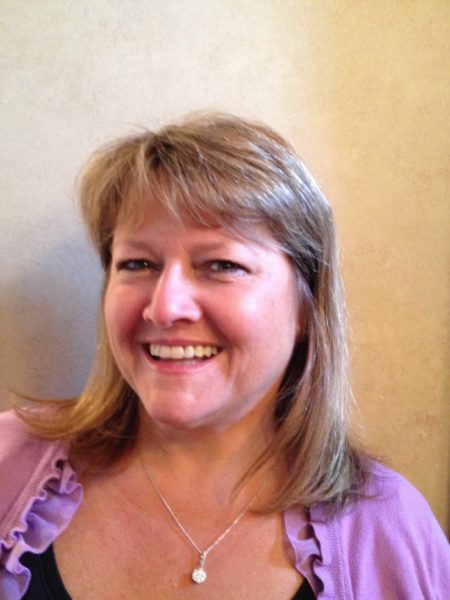California is adopting the Next Generation Science Standards and many teachers and administrators applaud the push into the 21st century.
 The fields of science and technology have proved to be catalysts for many industries in Silicon Valley.
The fields of science and technology have proved to be catalysts for many industries in Silicon Valley.
Concurrently, educators have felt the urgency to implement new technology into their classrooms. While the entire world is using innovation to promote their respective products or marketing plans, educators are working closely with their districts to stay abreast of these advancements and to find the dollars to acquire today’s technologies for their classrooms.
I’ve been teaching science for 26 years, and am currently a 7th grade teacher at Jordan Middle School in Palo Alto. Although my students have always enjoyed using traditional microscopes, some students struggle to transcribe images they see in the microscope to paper. Students often draw dissimilar images rather than what is in their scope.
I was offered the opportunity to field test Exo Labs Cameras in my classroom. It was exciting to consider a tool that could lessen the struggles of some students, and help them to be more exacting and successful. I couldn’t help but envision the camera in the hands of my students.
I knew immediately I needed to incorporate this technology into my science labs and lesson plans. The Exo Labs camera is easy to use, simple, and sturdy; yet, it has very sophisticated capabilities.
(Next page: How the Exo Labs camera can transform the classroom)
Over the course of my career, I have seen students advance with the use of a variety of technology and equipment. I am also aware that districts across the United States struggle to keep up with the technological advances. California is adopting the Next Generation Science Standards (NGSS). Many teachers and administrators applaud the push into the 21st century.
Educators need the proper tools, training, and technological support to change/enhance teaching methods. I feel so fortunate that my District has really tried to provide the technology we need in our classrooms and support its teachers with workshops for many technologies.
I currently have nine Exo Lab Cameras in my 7th grade science classroom and have incorporated the cameras into several of my science lab lessons. The Exo Lab Camera enables group participation and collaboration, as multiple students are able to see the same organism at the same time. Students can interact with the camera, explore various organisms for example, interpret what they are seeing, and present their findings as individuals or groups promoting collaboration and differentiation.
The camera allows my students to easily import multiple images into visually appealing presentations on Prezi, iMovie, or Google presentations. This further enhances the immersive classroom experience while encouraging students to share their excitement about what they are learning.
Since bringing the Exo Lab Cameras into the classroom, I have seen significant quantifiable improvement, including:
- Classroom Engagement: Students are at least 25 percent more engaged in science labs
- Test Scores: 100 percent of the students passed the lab exams using the microscopes (prior to using Exo Labs on exams, not all students would pass)
- Curriculum Knowledge: Students have increased their knowledge of microorganisms and other specimens by 30 percent.
- Quality of Work: The quality of student projects has increased by 50-percent.
- Comprehensive Understanding: Overall comprehension of the subject matter has increased by 20 percent
It’s as if a light has been turned on for my students. The Exo Labs Cameras have completely transformed my classroom into an interactive learning environment. Students are in control of exploring and driving their collaborative learning experiences, utilizing this 21st century technology.
Tami Warr is a 7th grade science teacher at Jordan Middle School in Palo Alto, California. Tami has been teaching science for 28 years, including high school courses on biology, advance biology, applied science, and general science.

